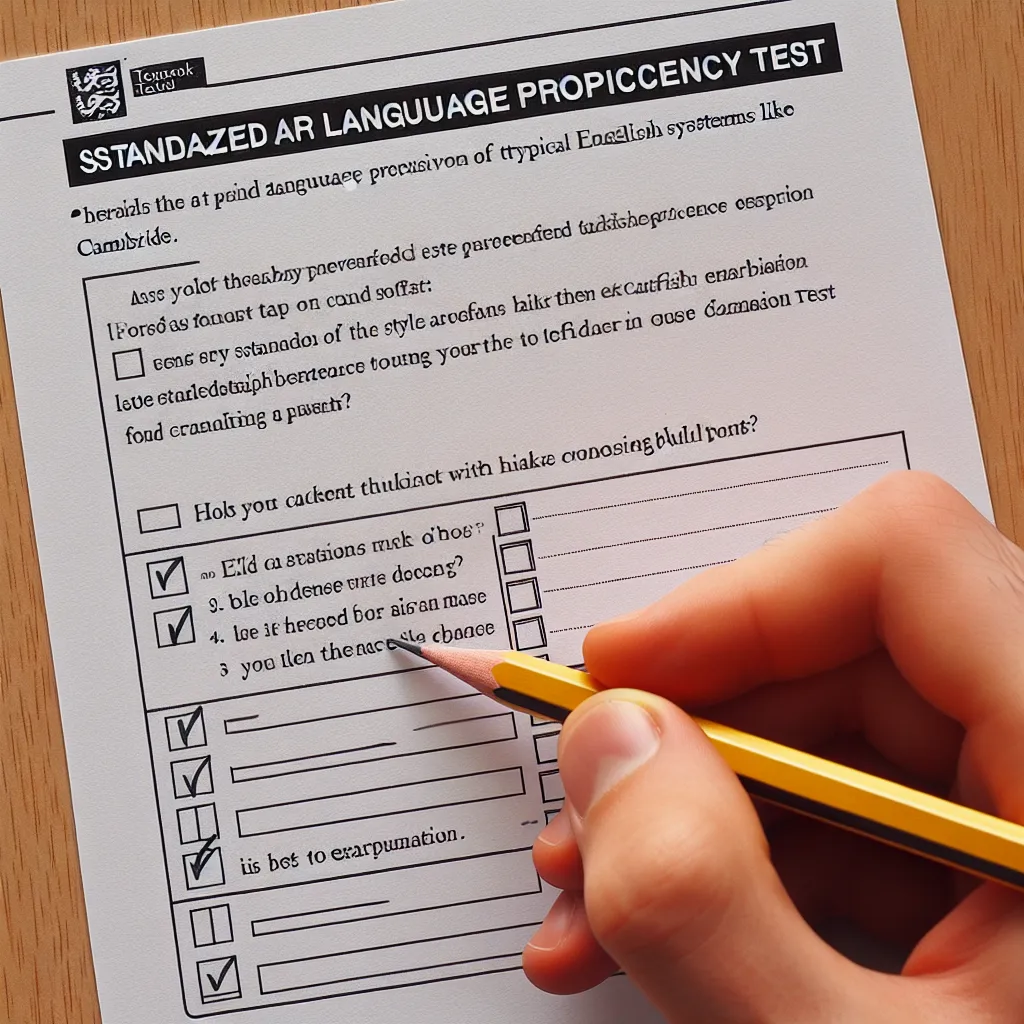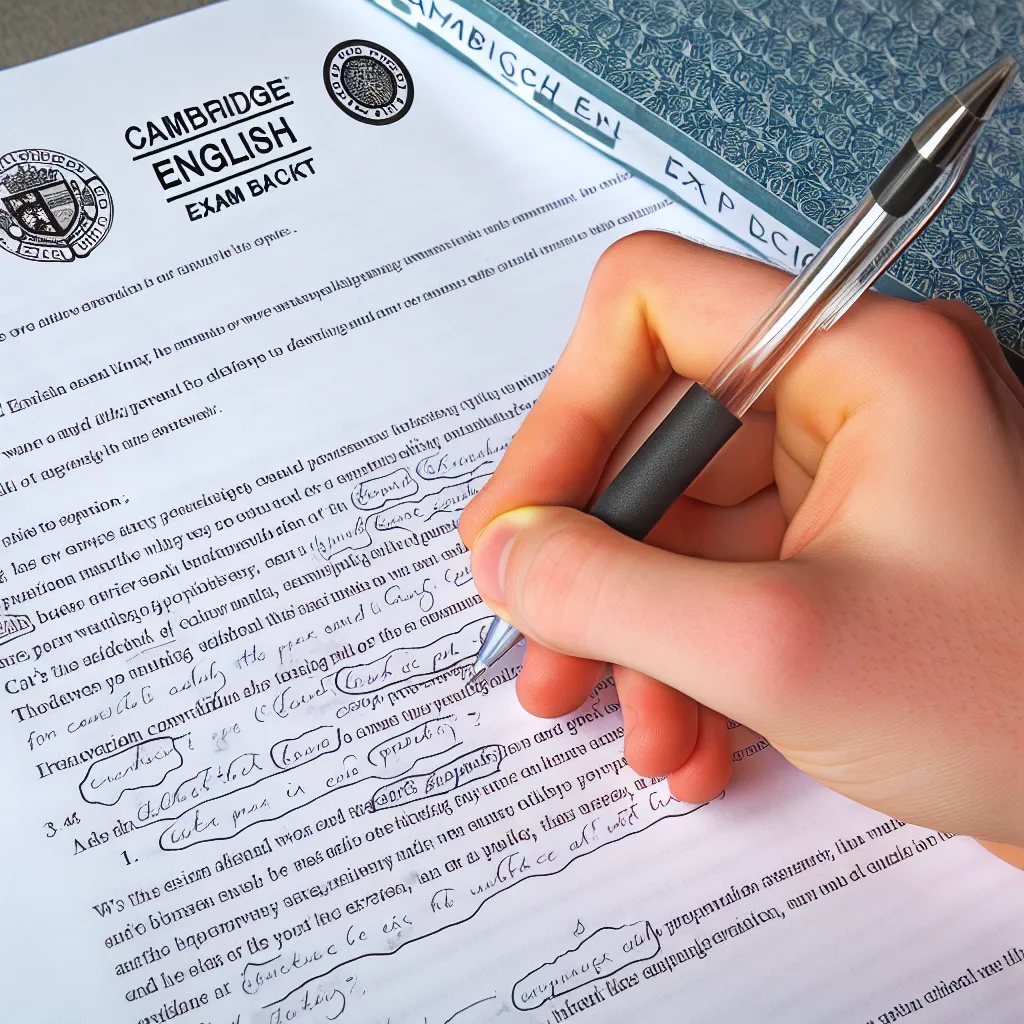Are you preparing for the Cambridge English exams and feeling anxious about the Speaking test, particularly Part 2? You’re not alone. Many candidates find this section challenging, but with the right strategies and practice, you can excel in your long turn. In this comprehensive guide, we’ll explore the best tips for Cambridge Speaking Part 2 to help you boost your confidence and performance.
Understanding Cambridge Speaking Part 2
Before diving into the tips, let’s briefly review what Cambridge Speaking Part 2 entails. This section, often called the “long turn,” requires you to speak for about one minute on a given topic. You’ll receive a task card with a question or prompt, along with some bullet points to guide your response. You’ll have one minute to prepare before speaking for approximately two minutes.
 Cambridge Speaking Part 2 Task Card
Cambridge Speaking Part 2 Task Card
Essential Tips for Success in Cambridge Speaking Part 2
1. Master the Art of Time Management
One of the biggest challenges in Part 2 is using your time effectively. Here’s how to make the most of your preparation and speaking time:
- Use the full minute for preparation: Jot down key points and organize your thoughts.
- Aim to speak for the full two minutes: Practice pacing yourself to avoid finishing too early or running out of things to say.
- Allocate time for each bullet point: Ensure you cover all aspects of the task evenly.
2. Develop a Structured Approach
A well-structured response can significantly improve your performance. Follow this simple framework:
- Introduction: Rephrase the question and state your main idea.
- Main points: Address each bullet point on the task card.
- Conclusion: Summarize your thoughts or give a final opinion.
3. Enhance Your Vocabulary
Examiners are looking for a wide range of vocabulary. To impress them:
- Learn topic-specific vocabulary for common themes (e.g., education, environment, technology).
- Use descriptive adjectives and adverbs to add depth to your response.
- Incorporate idiomatic expressions naturally, but don’t overuse them.
4. Practice Paraphrasing
Paraphrasing is a valuable skill for Part 2. It allows you to:
- Rephrase the question in your introduction.
- Avoid repetition when addressing the bullet points.
- Demonstrate your language flexibility to the examiner.
5. Use Discourse Markers Effectively
Discourse markers help structure your speech and make it more coherent. Some examples include:
- Sequencing: “Firstly,” “Secondly,” “Finally”
- Adding information: “Moreover,” “In addition,” “Furthermore”
- Contrasting: “However,” “On the other hand,” “Nevertheless”
- Concluding: “In conclusion,” “To sum up,” “Overall”
6. Develop Your Ideas
Don’t just list facts; expand on your ideas to showcase your language skills:
- Give reasons and examples to support your points.
- Share personal experiences or anecdotes related to the topic.
- Speculate or give opinions where appropriate.
 Cambridge Speaking Preparation
Cambridge Speaking Preparation
7. Practice Active Listening
During the preparation time, listen carefully to the examiner’s instructions. Make sure you:
- Understand the task fully before starting your preparation.
- Note any specific requirements (e.g., past or future tense, comparison, etc.).
- Ask for clarification if needed, but do so before your preparation time begins.
8. Maintain Eye Contact and Body Language
Non-verbal communication is crucial. Remember to:
- Make eye contact with the examiner to show confidence.
- Use natural hand gestures to emphasize points.
- Maintain good posture throughout your long turn.
9. Handle Nerves and Hesitations
It’s normal to feel nervous, but try these techniques to stay calm:
- Take deep breaths before and during your turn.
- Use fillers like “Well,” “You see,” or “Let me think” if you need a moment to gather your thoughts.
- If you make a mistake, correct yourself briefly and move on without dwelling on it.
10. Record and Analyze Your Practice Sessions
Self-assessment is key to improvement:
- Record your practice attempts and listen back to them.
- Identify areas for improvement in vocabulary, fluency, and pronunciation.
- Time yourself to ensure you’re speaking for the full two minutes.
Next Steps: Putting Tips into Practice
Now that you’re armed with these essential tips, it’s time to put them into action:
- Gather a variety of Part 2 task cards from official Cambridge resources or practice books.
- Set aside regular practice time, ideally with a study partner or language exchange buddy.
- Simulate exam conditions during your practice sessions, including timing and note-taking.
- Seek feedback from teachers or proficient English speakers to refine your performance.
- Keep a log of the topics you’ve covered and the vocabulary you’ve learned to track your progress.
Remember, mastering Cambridge Speaking Part 2 is not just about memorizing answers or following a script. It’s about developing the skills to speak confidently and coherently on any given topic. With consistent practice and application of these tips, you’ll be well on your way to achieving an excellent score in your Cambridge Speaking test.
We encourage you to share your experiences or ask questions in the comments section below. For more insights on acing your Cambridge exams, don’t forget to check out our related articles on preparation strategies for other parts of the Speaking test and effective ways to expand your vocabulary for exam success.




